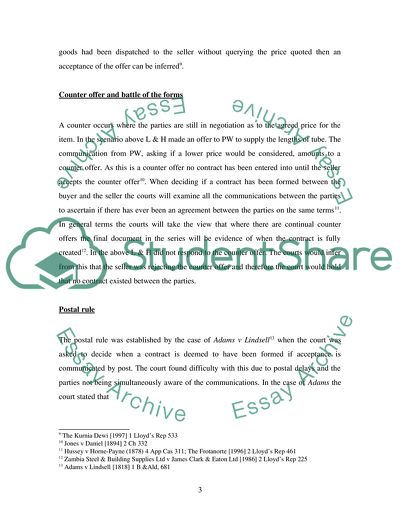Cite this document
(Dilemmas in Legal Practice Case Study Example | Topics and Well Written Essays - 2250 words - 1, n.d.)
Dilemmas in Legal Practice Case Study Example | Topics and Well Written Essays - 2250 words - 1. https://studentshare.org/law/1712647-law
Dilemmas in Legal Practice Case Study Example | Topics and Well Written Essays - 2250 words - 1. https://studentshare.org/law/1712647-law
(Dilemmas in Legal Practice Case Study Example | Topics and Well Written Essays - 2250 Words - 1)
Dilemmas in Legal Practice Case Study Example | Topics and Well Written Essays - 2250 Words - 1. https://studentshare.org/law/1712647-law.
Dilemmas in Legal Practice Case Study Example | Topics and Well Written Essays - 2250 Words - 1. https://studentshare.org/law/1712647-law.
“Dilemmas in Legal Practice Case Study Example | Topics and Well Written Essays - 2250 Words - 1”. https://studentshare.org/law/1712647-law.


